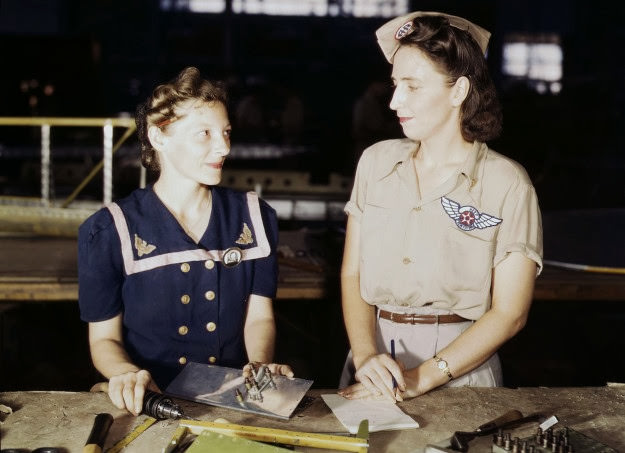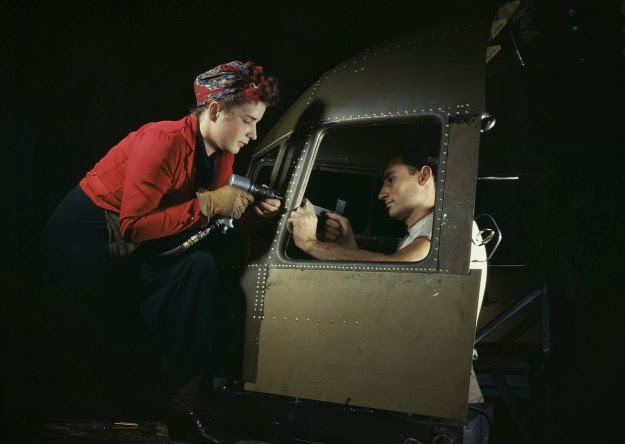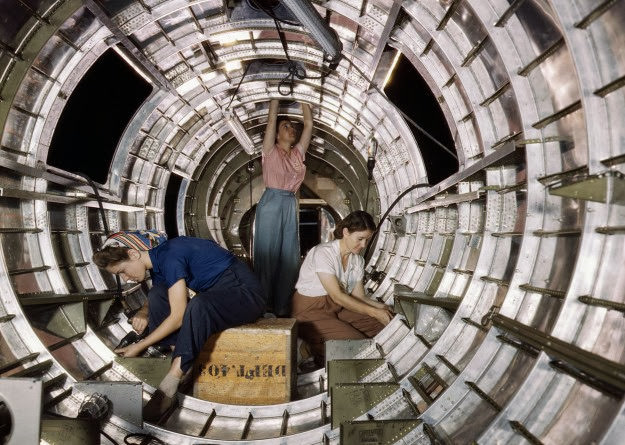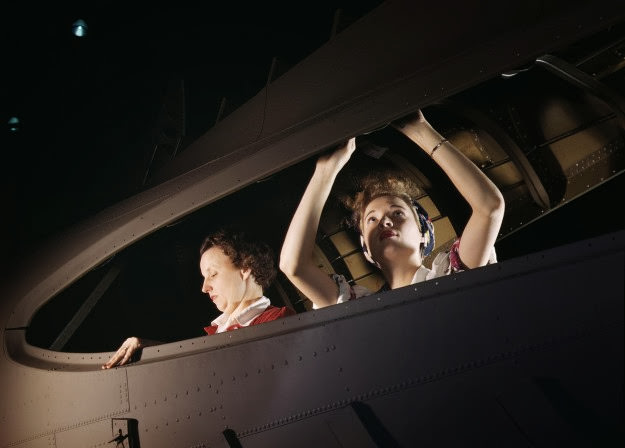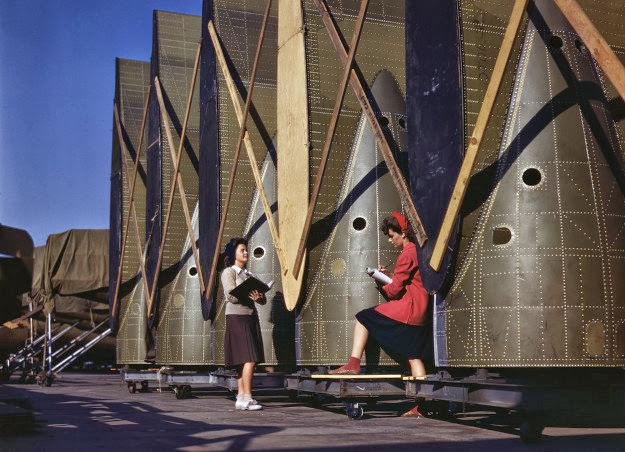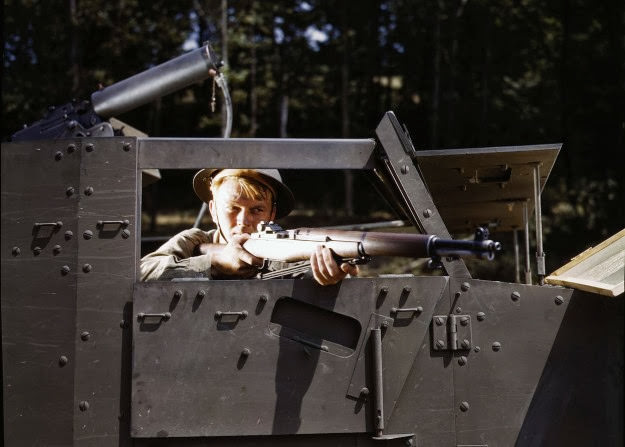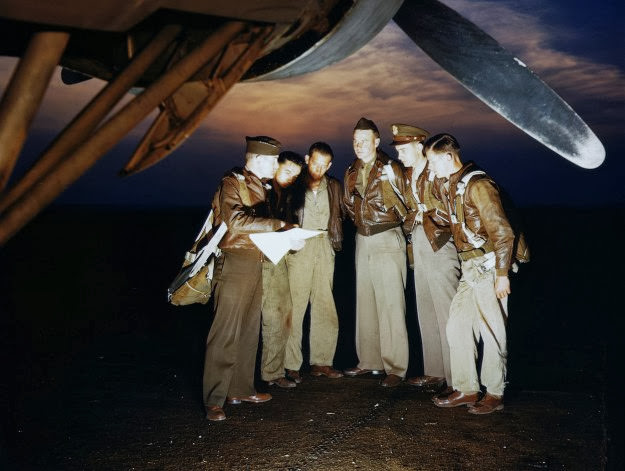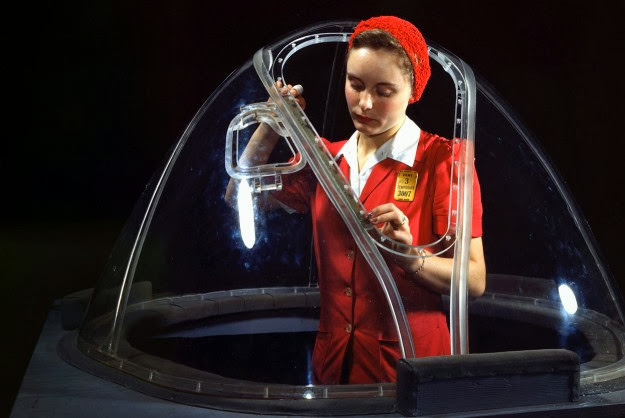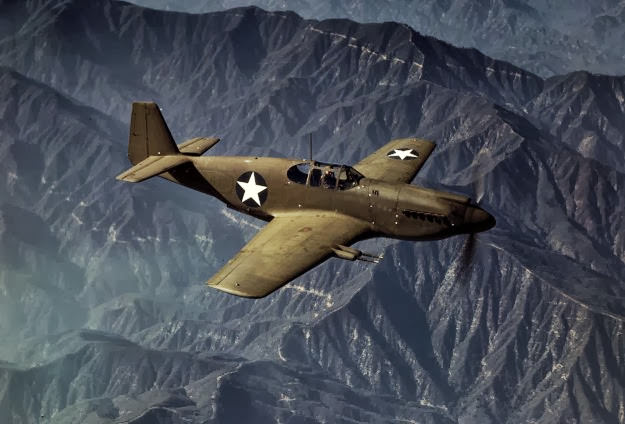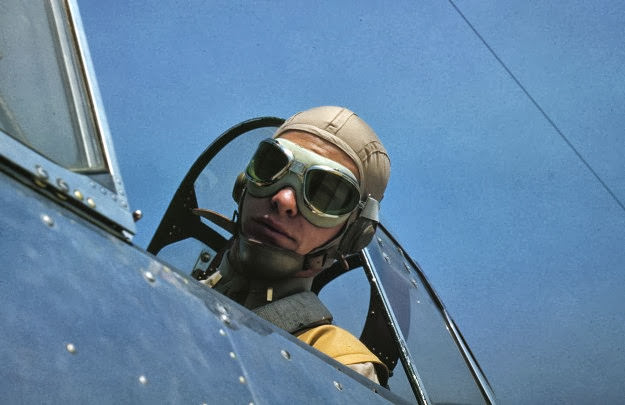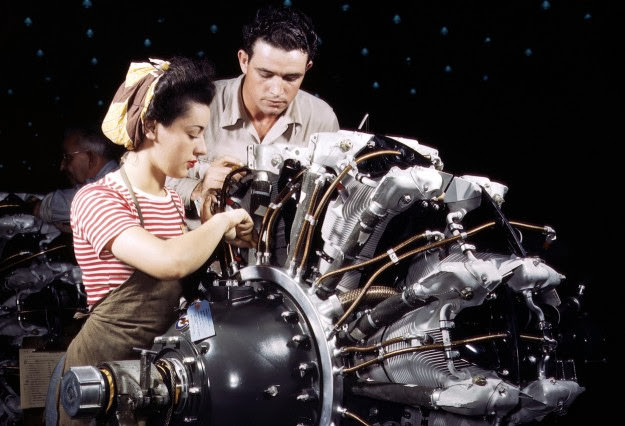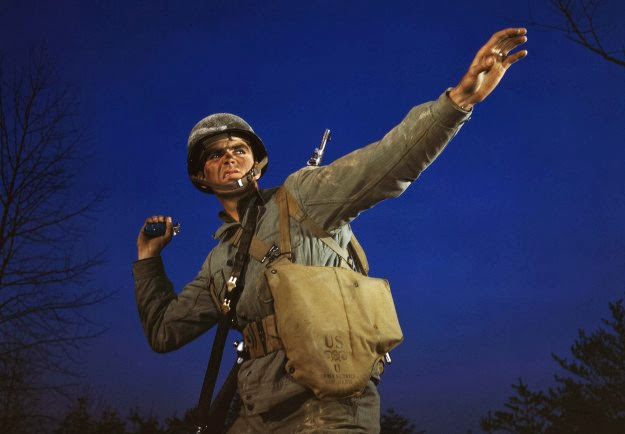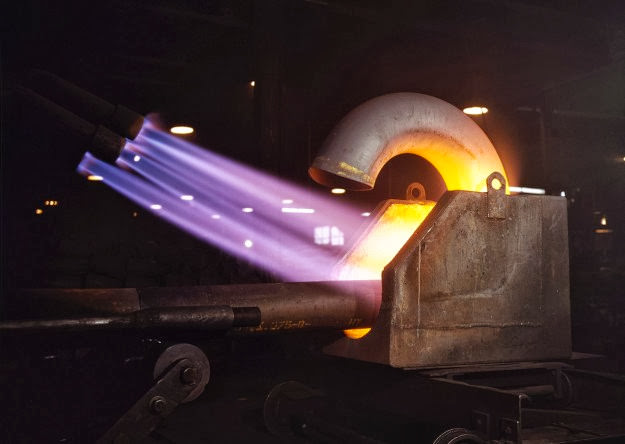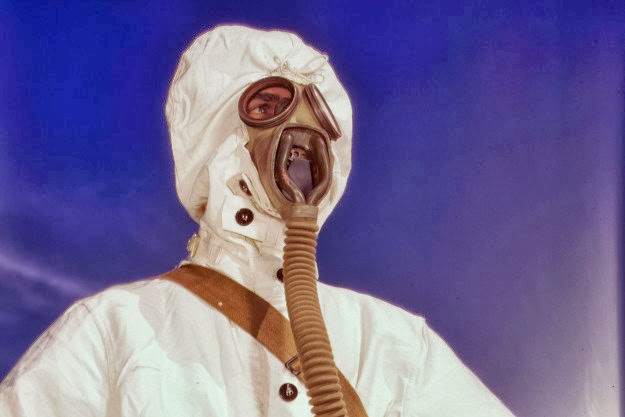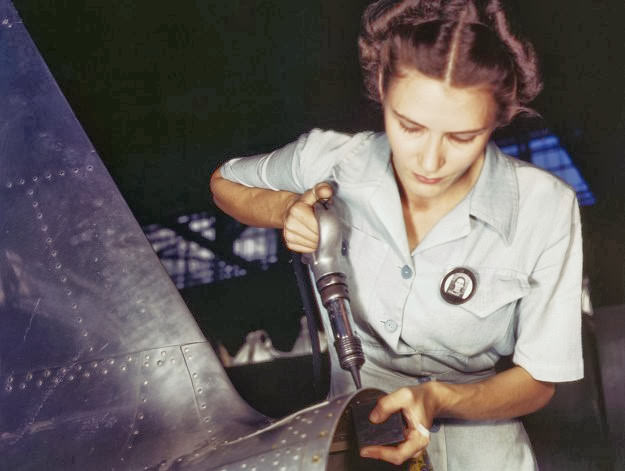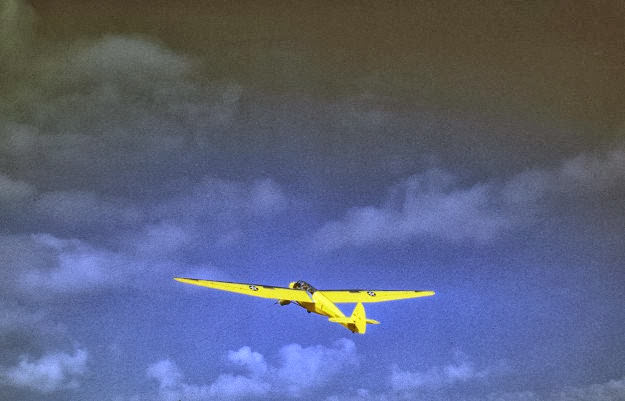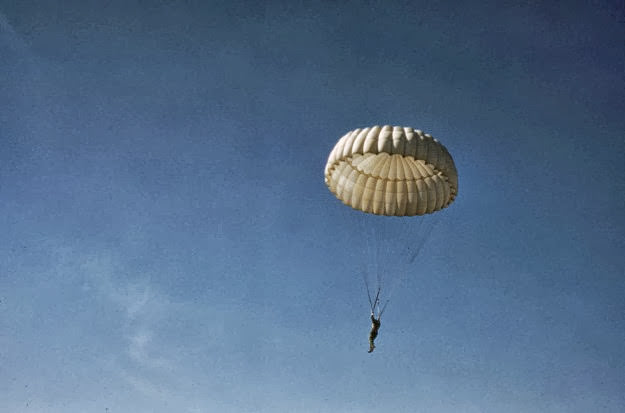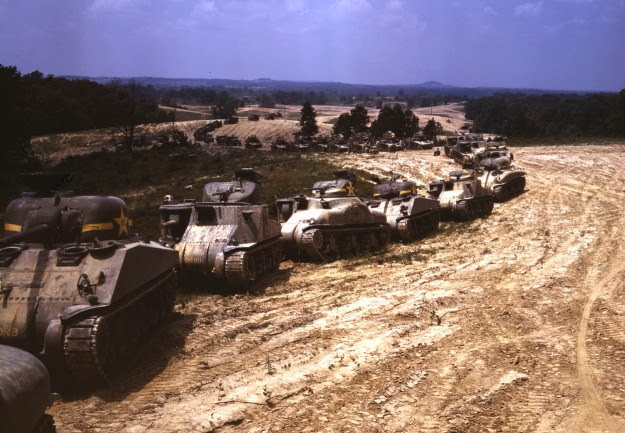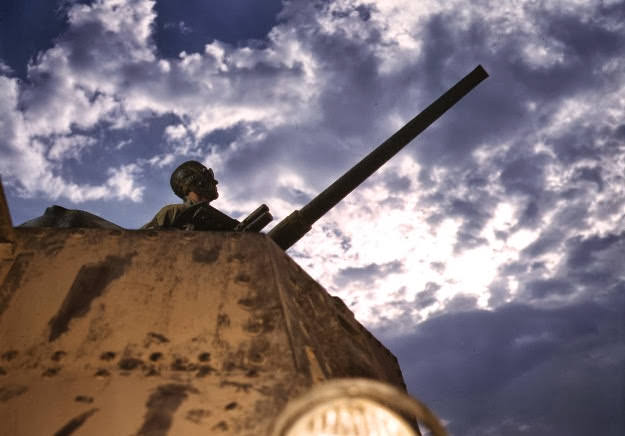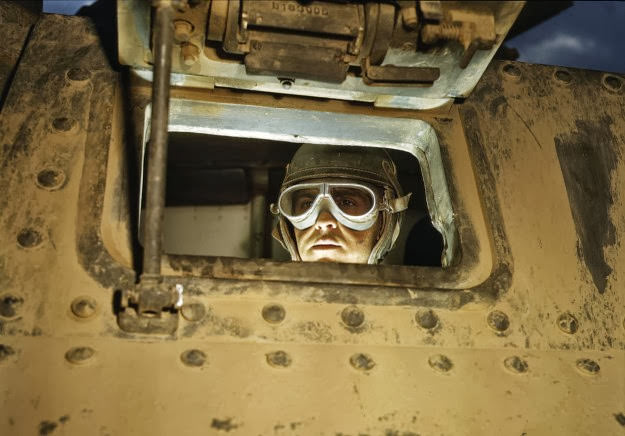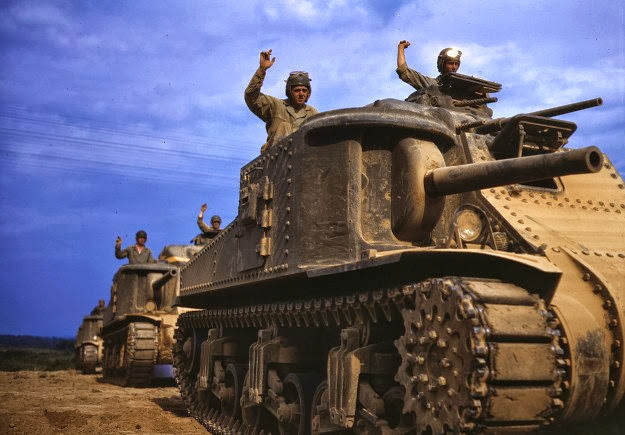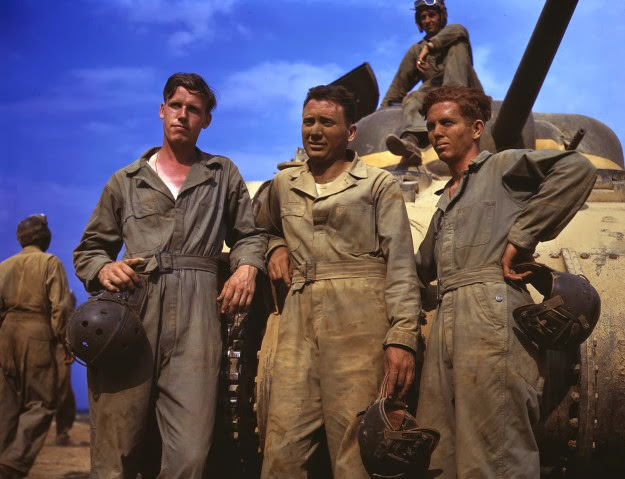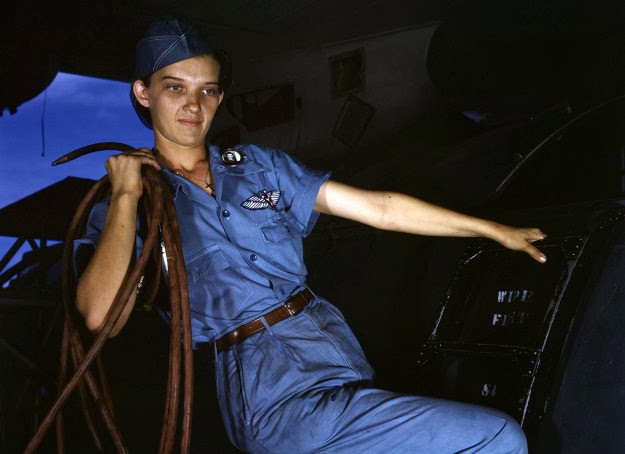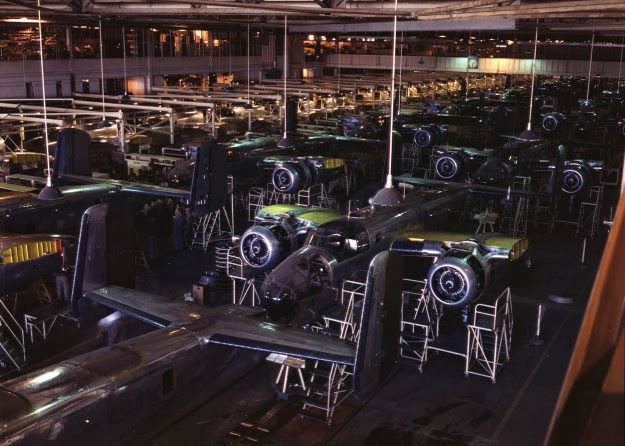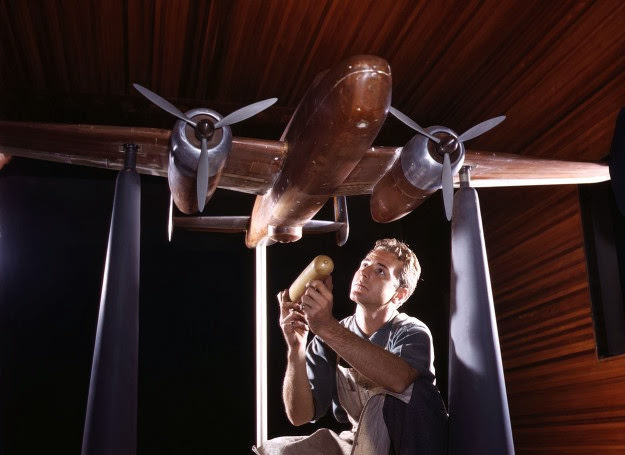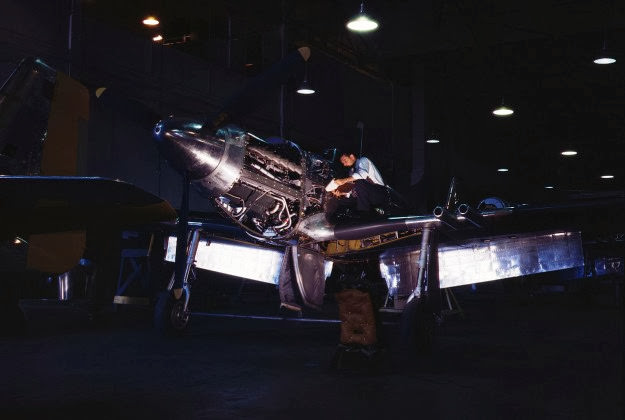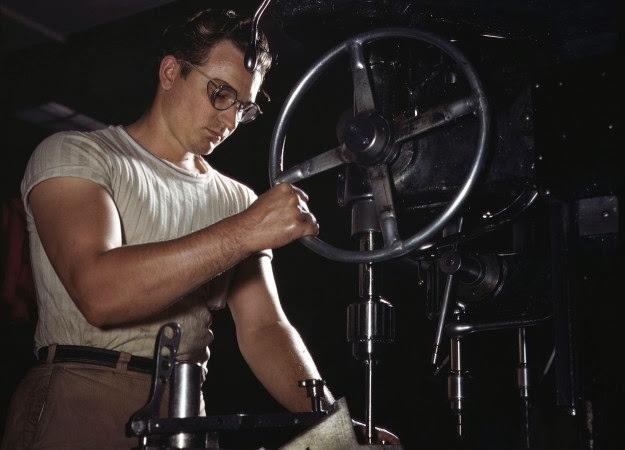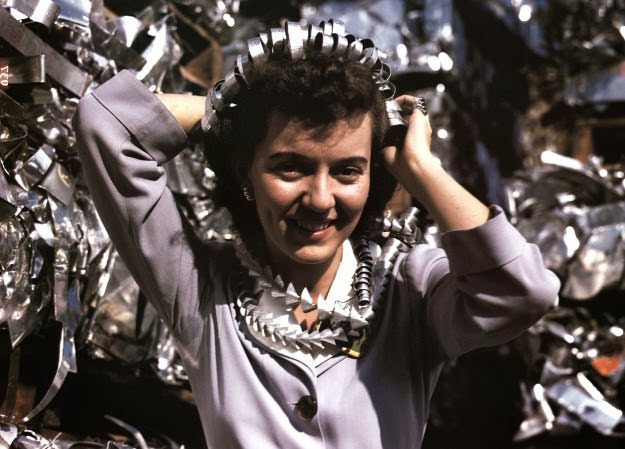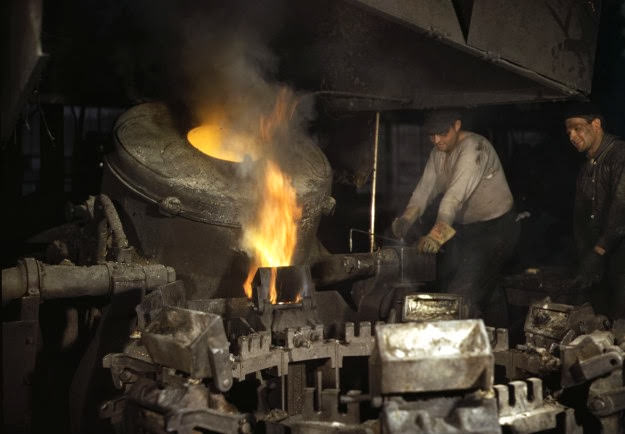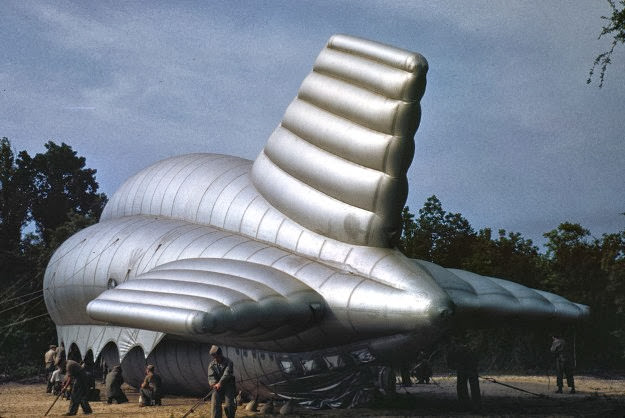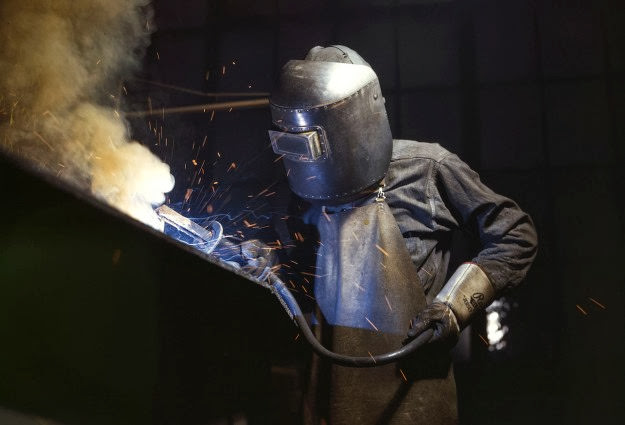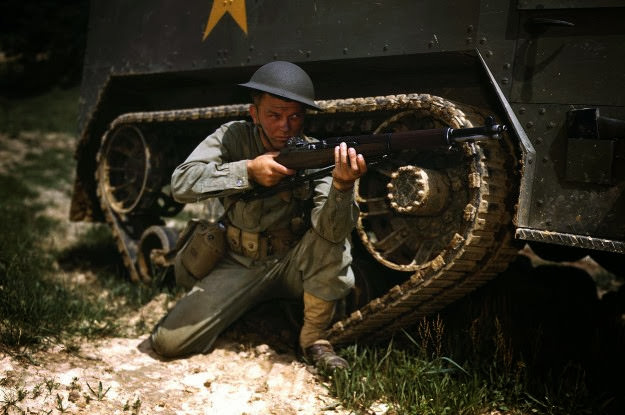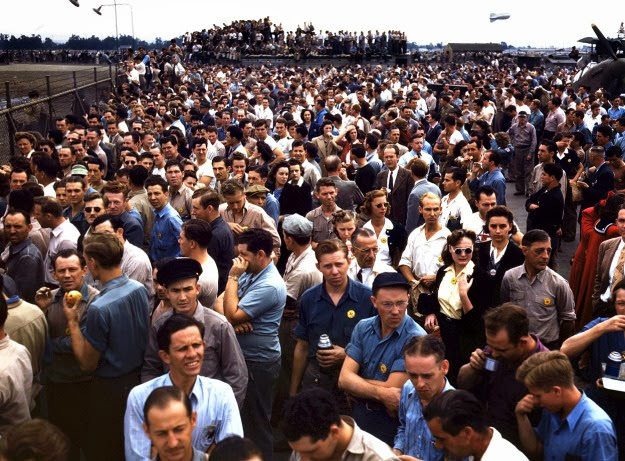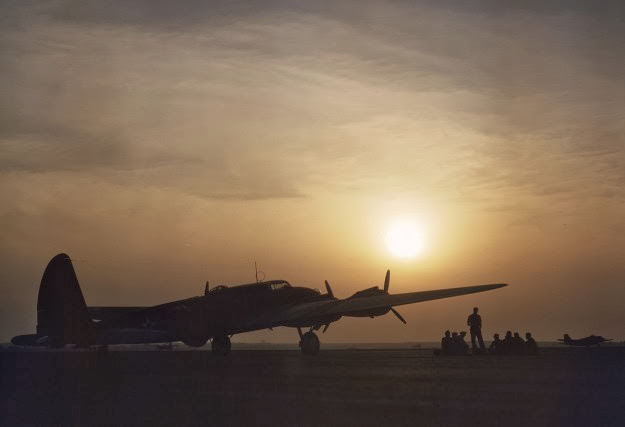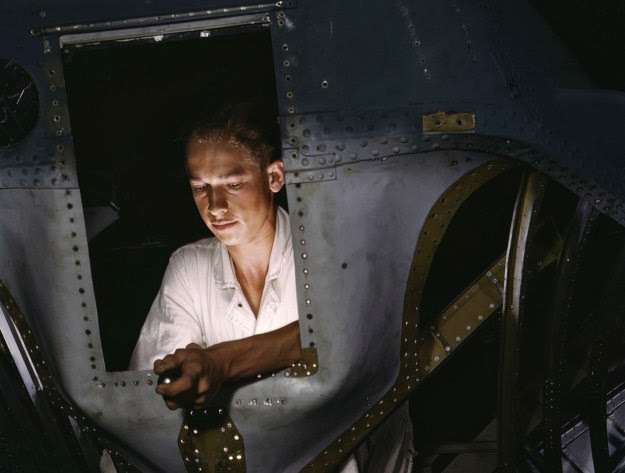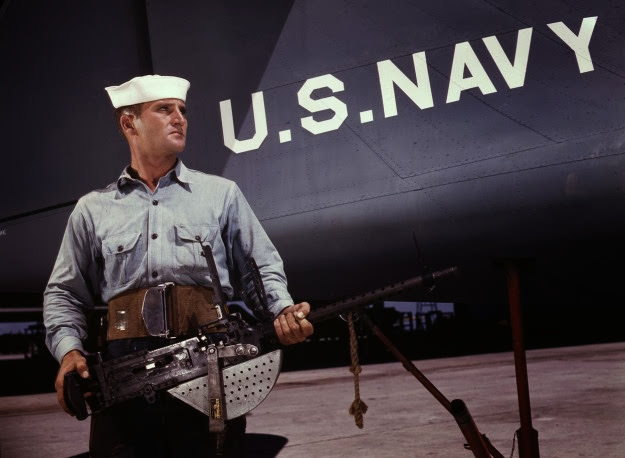During World War II, the United States military fought battles in faraway places, but a huge part of the war effort happened right here at home. This was known as the U.S. Home Front. Life for American civilians changed significantly starting in 1942, soon after the country entered the war. People back home played a vital role in supporting the soldiers overseas and keeping the nation running.
To inform the public about the war and encourage their support, the government created the Office of War Information (OWI) in 1942. This new agency had several jobs. It was responsible for sharing news about the war, promoting activities that helped the war effort, and providing newspapers, radio stations, and movie companies with approved information, including audio recordings, films, and photographs. The OWI wanted to make sure Americans understood the importance of the war and their part in it.
As part of this effort to document and promote the war effort on the home front, the OWI worked with another government agency, the Farm Security Administration. Together, they undertook a large photography project between 1939 and 1944. This project resulted in thousands of photographs capturing different aspects of American life during this period, including many images directly related to the war effort back home. About 1,600 of these photographs were taken in color using Kodachrome film, which was less common and more expensive than black and white photography at the time.
Read more
Specific photographers working on this project produced notable work. Alfred Palmer and Howard Hollem are known for capturing striking color images in the early years of the war, particularly in 1942 and 1943. Their photos documented key themes of the home front, as defined by the OWI’s purpose. These themes included military preparedness, factory operations, and the role of women in the workforce. The context states that while the scenes were often posed for the camera, the people and the activities shown were real – soldiers training and workers preparing for the long fight ahead. The photos aimed to provide a visual record and promote these efforts.
One major area documented was factory operations. The war required a massive shift in American industry. Factories that once made cars or appliances were converted to produce war materials like tanks, aircraft, ships, weapons, and ammunition. OWI photographers captured the inside of these busy plants. Their photos showed vast spaces filled with machinery, assembly lines, and workers building the tools needed for war. These images communicated the scale and intensity of American industrial power being focused on the war effort.
Military preparedness was another theme. While many soldiers were training overseas, significant training also took place within the United States. OWI photos showed young men in uniform drilling, undergoing physical training, learning how to use weapons, and preparing for deployment. These images aimed to show the public that the military was getting ready, and that the nation’s youth were answering the call to serve.
A particularly important focus, especially visible in the photos, was the role of women in the workforce. With millions of men joining the armed forces, women stepped into jobs they hadn’t typically held before, particularly in heavy industry. OWI photos showed women working on factory floors, operating machinery, welding, assembling airplane parts, and contributing to the production of war materials. These women became symbolic of the home front effort, often represented by the figure of “Rosie the Riveter.” Their presence in factories was a major change in American society and the workforce during the war.


